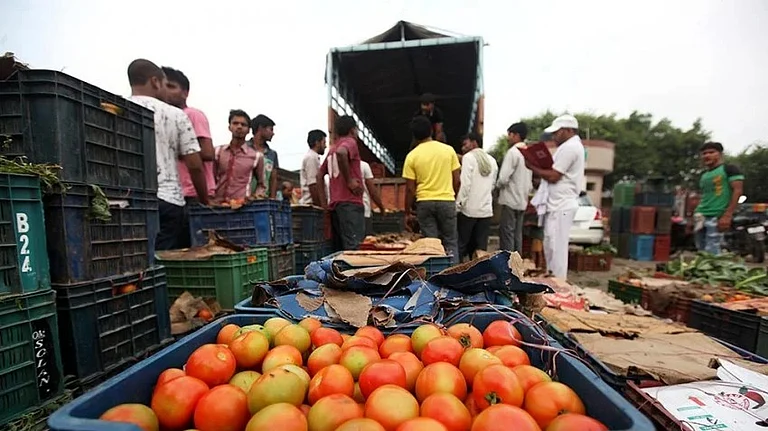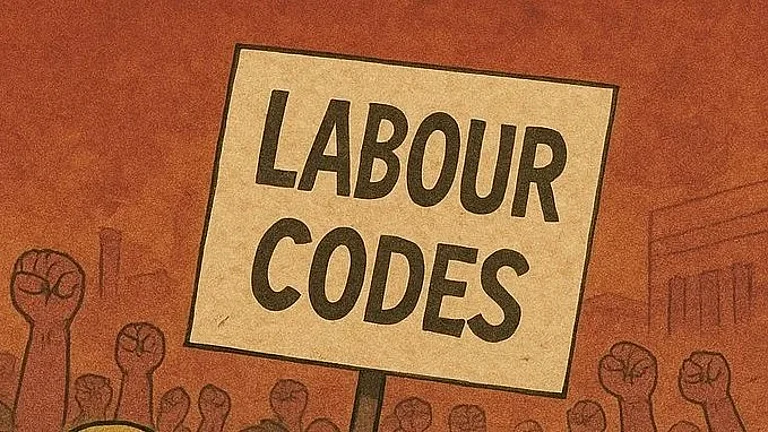The cost impact of the four new labour codes is secondary, said Rohit Kapoor, CEO, Food Marketplace, Swiggy, emphasising that the real value lies in the structure they bring. “It provides structure and clarity to everyone on how it will operate. For any business, that’s a great thing to happen. Whether it’s plus or minus a rupee or two, that’s the easier part. The structure is what matters, and we’ve been looking forward to it,” he said.
On whether any additional costs would be passed on to customers, Kapoor said it was too early to comment. “We’re awaiting detailed guidelines. Too early to quantify anything,” he noted. This comes even as analysts expect the new labour codes to push up operating costs for labour-intensive platforms.
The four new labour codes, which consolidate 29 older laws, aim to introduce uniform minimum wages and extend social security benefits to gig workers. This overhaul comes as India’s gig workforce has grown from 7.7 million in 2020–21 to nearly 12 million by FY25, according to PIB data. Under the new framework, digital platforms will be required to set aside 1–2% of their annual revenue into a dedicated social security fund.
Brokerage firm Morgan Stanley expects the new labour codes to make gig work more expensive to operate. It estimates that food delivery and quick-commerce firms might have to take on an extra ₹1.5–2.5 cost per order. This in turn, could reduce EBITDA by about 4–10% for platform based companies.
Further, speaking about Bolt, the company’s 10-minute food delivery bet, Kapoor said it now contributes over 10% of platform orders. On being asked about concerns from restaurants about the feasibility of preparing certain dishes in under 10 minutes, he acknowledged that not everything can be on Bolt. Fine-dining dishes and items that require longer preparation don’t fit the model and are excluded from the service.
“But equally, there are a lot of SKUs. For example, let me give you the simplest example: you go to a mithai shop. The dhokla, the samosa, the kachori are ready, they don’t make it fresh each time. That’s all available on Bolt, and there are 80,000 restaurants on it,” he added.
Highlighting that Bolt is present in 500 cities, Kappor said the focus of the company is to make service far more consistent. “If I'm opening the app and I'm a person who likes Bolt, I should see it all the time. So there are changes happening in the UI and UX as well,” he added.
Kapoor was speaking to the media in Delhi at the launch of Swiggy's How India Eats 2025 report, released in partnership with global consultancy firm Kearney. The report highlights that India’s food services market will cross $125 billion by 2030, with the organized segment growing at 2x the unorganized segment.
Swiggy’s net loss widened sharply year-on-year in Q2, rising 74.4% from ₹626 crore to ₹1,092 crore. However, on a quarter-on-quarter basis, the company managed to narrow its losses slightly, compared to the ₹1,197 crore loss it posted the previous quarter. Meanwhile, Swiggy’s operating revenue grew 54.4% YoY to ₹5,561 crore in Q2.





























